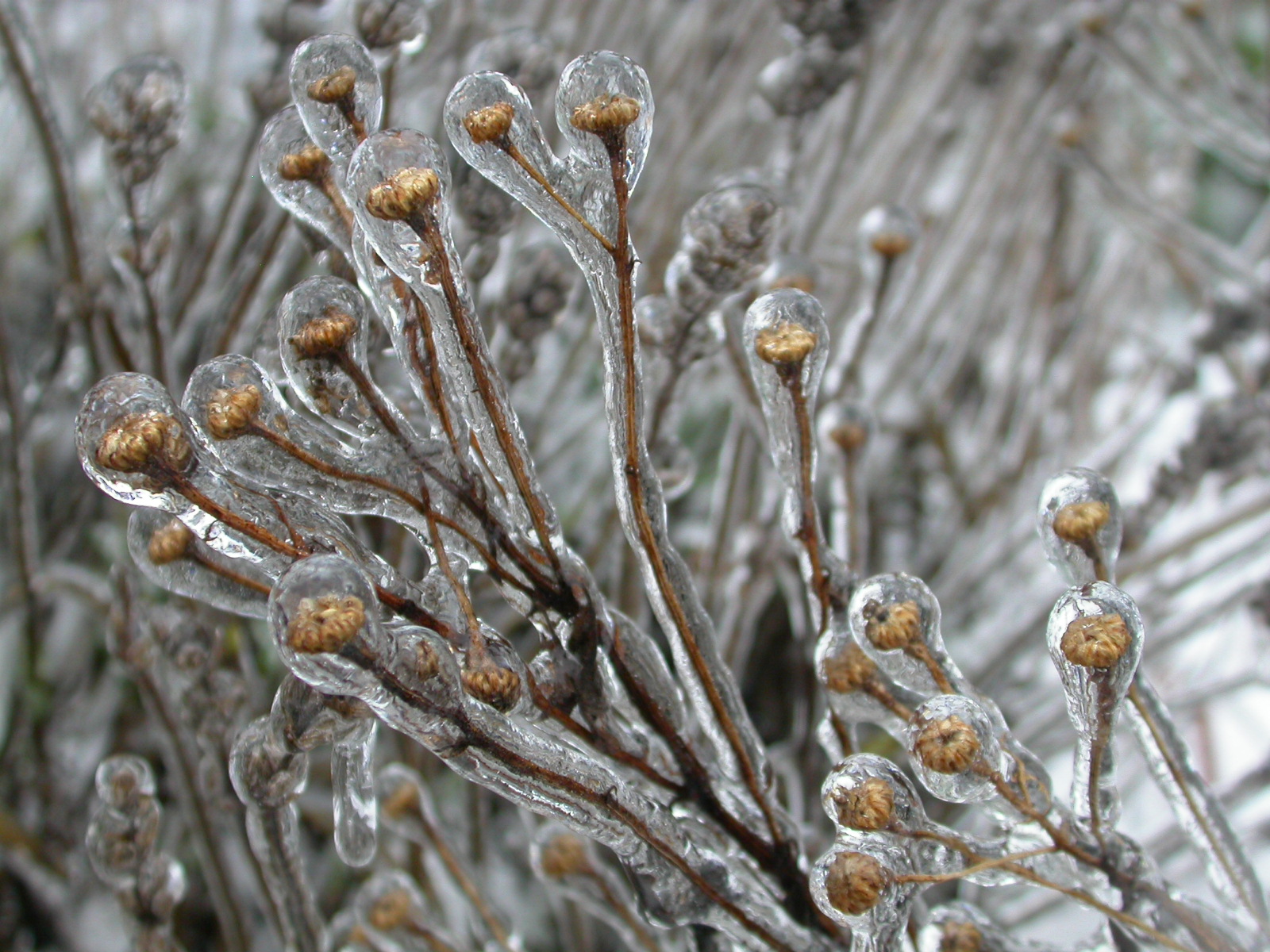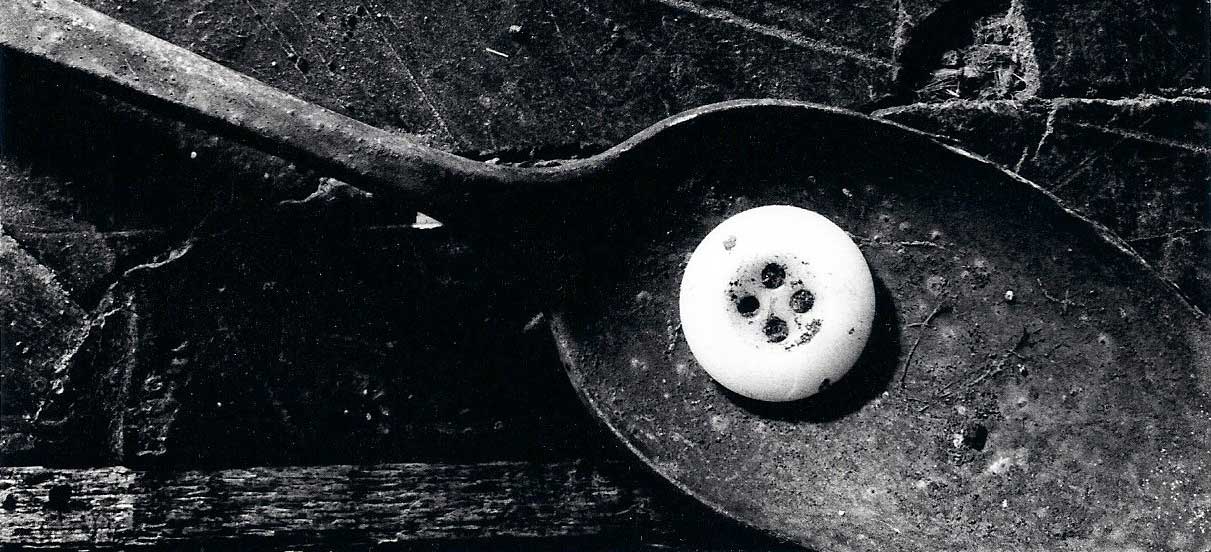MICROSCOPIC MILESTONES
1912
First microscope introduced to the United States by Dr. Raelph Beuendeuk, Boston surgeon émigré, who uses it to entertain local politician in his study. One journalist, invited to a private showing, hails as “spectacular and revolutionary” his first view of “an eerie time-lost landscape concealed in a wad of common lint.”
January 7, 1913
First microscope-related editorial cartoon appears in Baltimore Stentorian, depicting Mayor peering at Key to the City. Caption: “Egad! How will this Monster fit in the Lock?”
1915-1921
Amateur microscopy craze sweeps the nation. Considered too long-lived to be a fad, the proliferation of microscope salons eventually comes to be seen as a menace to progress and industry. Anonymous leaflets decry the captivation of American ingenuity by “these tiny Frontiers that can never be breached by Pick or Rail, nor settled by any Pioneer, no matter how indomitable his Spirit!”
May 16, 1922
Outspoken members of grassroots movement, Christians Against Minutiae, present petitions to the White House, citing the microscope as “an instrument of the Devil, by which the innocent have been familiarized with the nether regions of depravity and afflicted with blindness, cataract and myopia from staring at the heads of lucifers, pins and body lice.”
April 1, 1924
April Fool’s Rebellion in Chicago. Clovis Dauber, chief insurrectionist and author of The Paramecium Manifesto, incites mob violence by describing in lurid detail the “mass of tiny and defenseless creatures which daily are trod upon by even the most downtrodden of masses.” He is referring to protozoa which dwell in cracks of streets and sidewalks.
November 12, 1924
Passage of the Microscopic Prohibition Act. The Little League of Lens Grinders proclaims that, “A dark day indeed for liberty.”
December 25, 1924
From prison, Clovis Dauber issues the statement that he will not celebrate another holiday until amoebas have been granted their inalienable rights and allotted Federal reservations where they might “teem in peace.”
1929
FBI confiscating black-market Dutch “Leeuwenhoeks” in increasing numbers; clamp-down on “hoekleggers” avails little. Government admits to existence of a thriving underworld with “pseudopods extending to every level of society, beginning with the smallest and lowest.”
1930-1935
Heyday of illicit clubs known as “Peek-easies.” Mafia promotes brisk trade in glass slides, cover slips, and Gentian violet.
1936
After years of fruitless, expensive attempts at suppression, Prohibition is repealed and a profitable “Microscope Tax” approved. The sole remaining member of Christians Against Minutiae declares this, “A dark day for liberty indeed.”
1937-Present
The Age of the Microscope.


